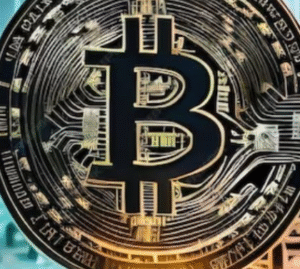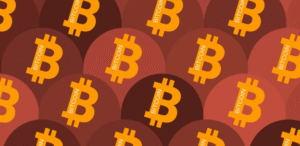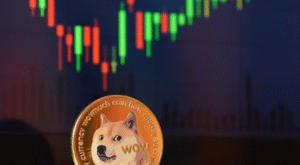$SPY $VTI $BTC
#ActiveInvesting #PassiveInvesting #StockMarket #Crypto #ETFs #IndexFunds #AssetManagement #MarketAnalysis #LongTermInvesting #FinancialLiteracy #InvestmentStrategies #RiskManagement
Time, indeed, has a way of repeating itself, especially in financial markets. While the debate between active and passive investing has persisted for decades, the fundamental question hasn’t really evolved: should you let a professional manage your assets, or simply trust the market to balance itself out? As both approaches have their own pros and cons, it’s important to explore how market conditions bring the pendulum swinging back and forth between these two strategies. For instance, in the late ‘90s dot-com bubble, active management was praised for its selective prowess, but after the burst, passive investing, mostly index funds like $SPY or $VTI, started gathering momentum. However, in today’s tech-driven landscape, the conversation is leaning toward a broader diversification of strategies, including crypto assets like $BTC.
In broad terms, passive management has seen an edge over the past decade. While the S&P 500 and other index funds consistently provide returns that mirror the overall market performance, they also benefit from low fees. ETFs like $VTI and $SPY have become pillars of long-term wealth accumulation strategies, offering relative stability compared to active funds, whose outcomes are often dependent on the market timing and stock-picking skills of portfolio managers. The growth of low-cost investment options has pulled individual investors further toward passivity. Large asset managers such as Vanguard and BlackRock have capitalized on this, creating a multi-trillion-dollar ecosystem that favors investors seeking predictable, slow-growing returns. The past decade has shown that by simply buying and holding a mix of core indices, investors can outperform a majority of active fund managers.
However, the tides may be changing yet again as the market faces increasing volatility with rising inflation and interest rate hikes introduced by central banks around the world. Inflationary pressure is eating into the passive returns investors have grown accustomed to, and concerns about looming recessions are altering the conversation. In this economic environment, active management can reclaim some ground, especially in fixed income securities, innovative sectors such as tech, and even the emerging crypto markets. Active managers determining shifts in global liquidity and broader economic trends may be better positioned to seek out pockets of resilience in a turbulent market.
While nothing regarding this age-old debate truly changes, the cyclical nature of markets means that the effectiveness of active versus passive strategies will continue to evolve. Nevertheless, it may not always be a binary choice. A new era of hybrid investing is materializing, in which investors use multi-asset vehicles that blend index funds with actively managed components. Additionally, as decentralized finance (DeFi) and digital assets grow, crypto may present a new frontier for hybrid strategies that involve both algorithmic and discretionary decision-making, leading to a broader spectrum of risk management. At its core, while the methods of implementation may change, the debate between active and passive investing strategies remains a fundamental question about market realism versus idealism—an equilibrium that investors must constantly navigate.











Comments are closed.